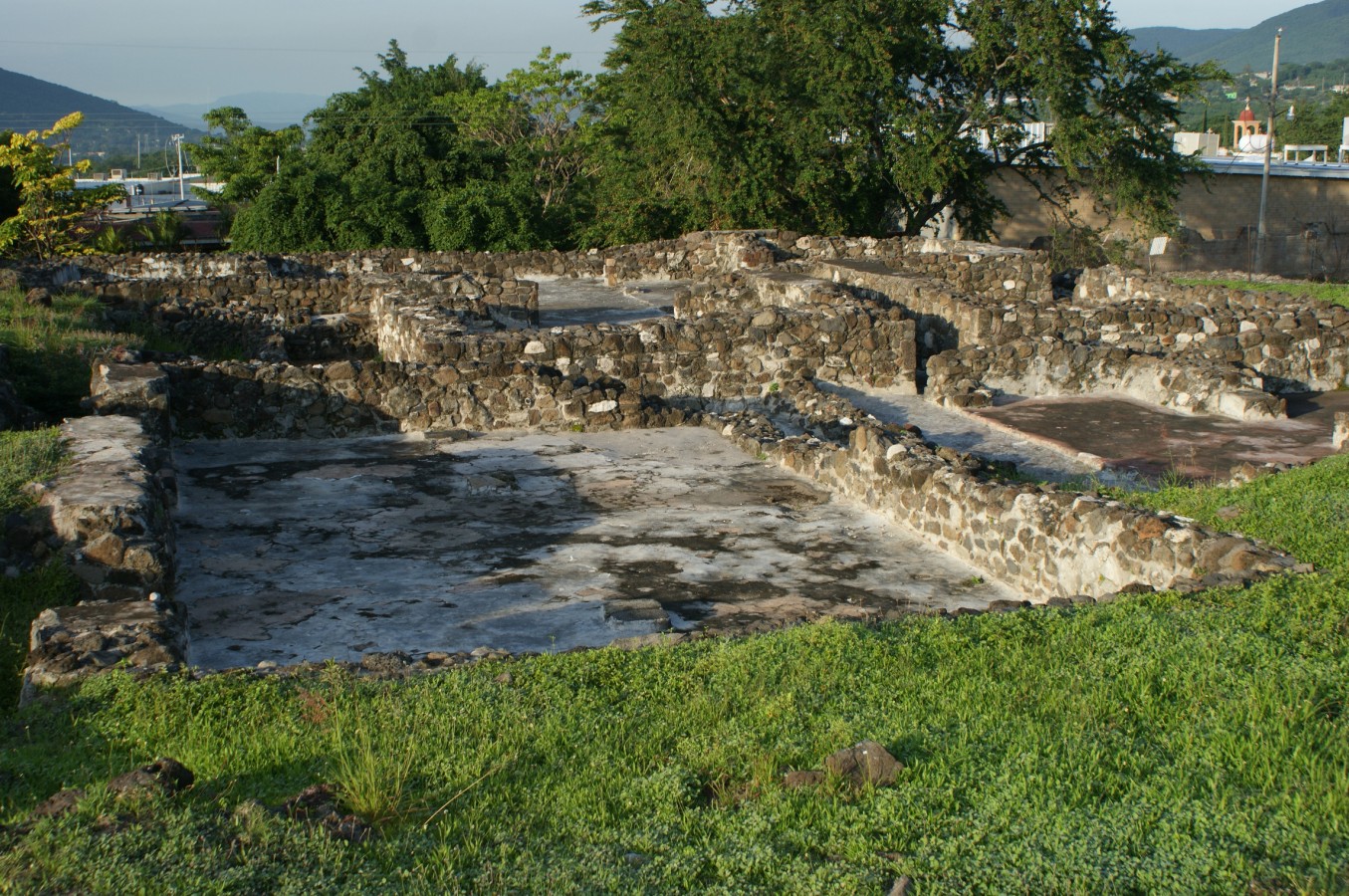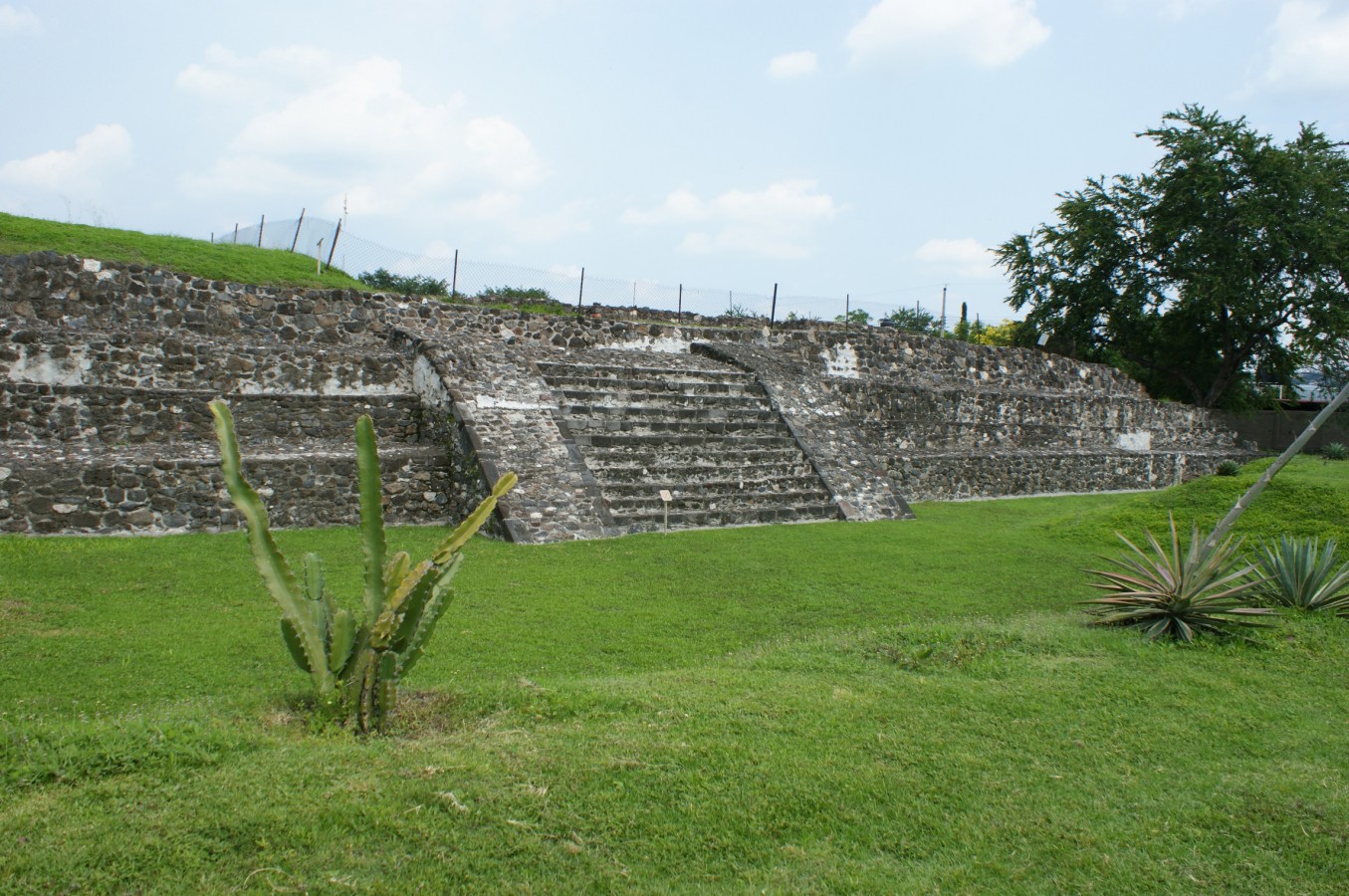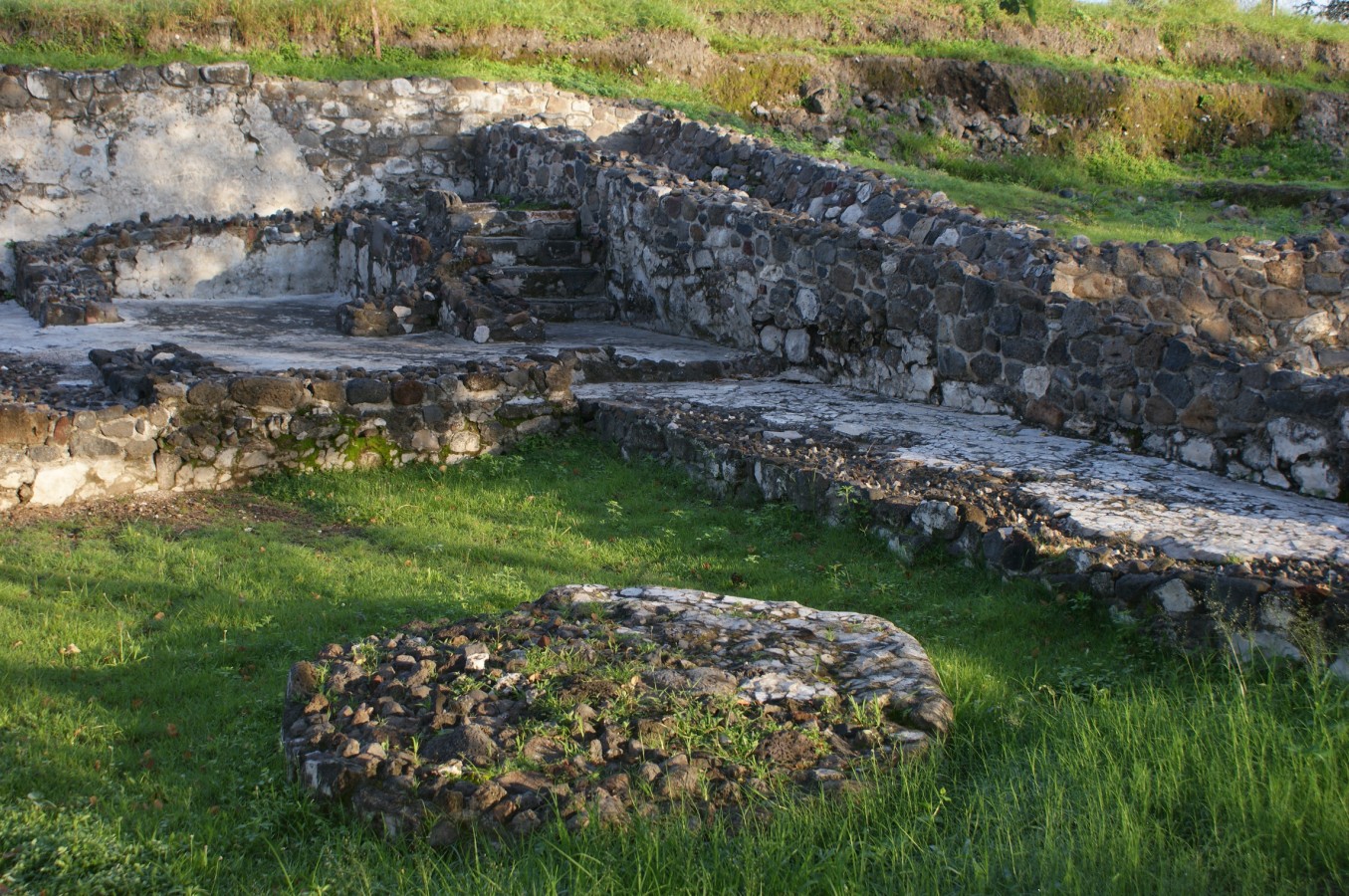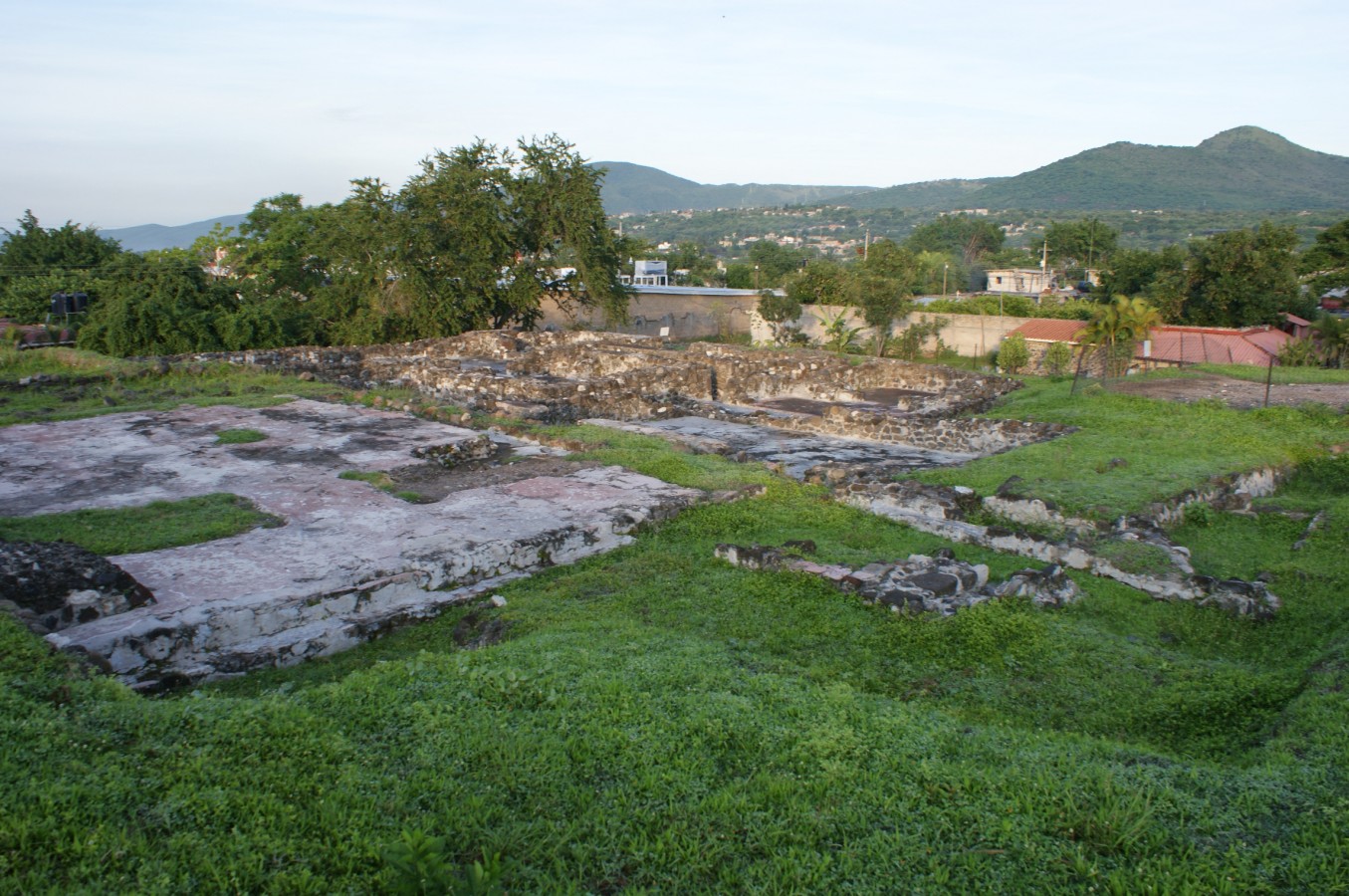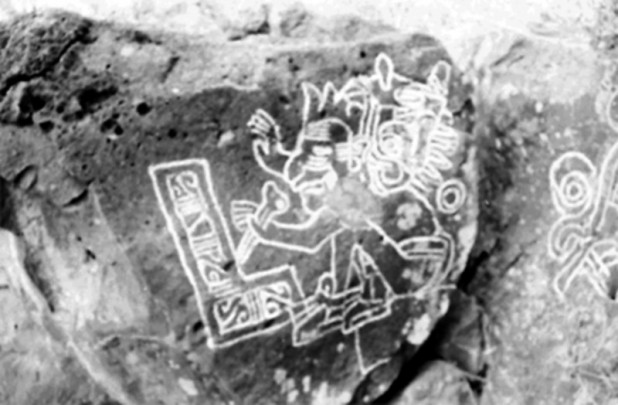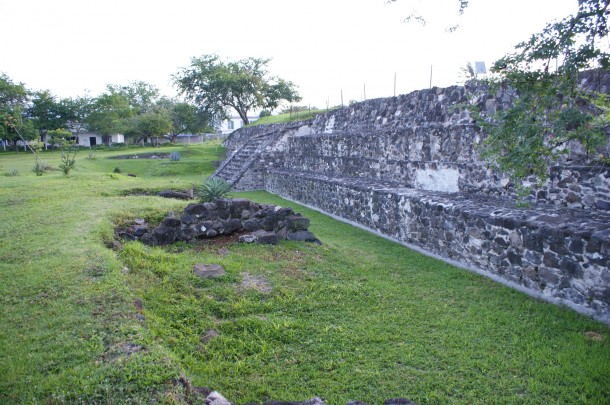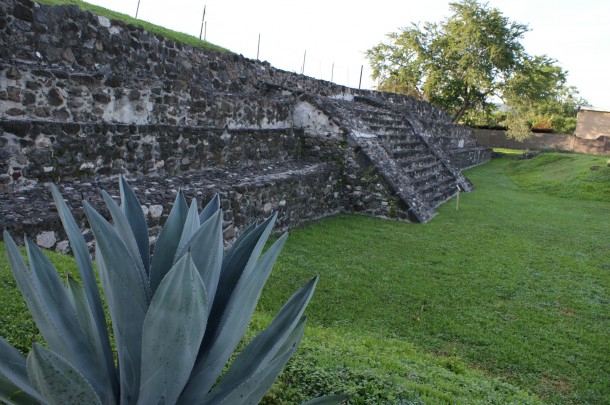Yautepec
On the hill of Yauhtli
The settlement’s development was influenced by Teotihuacan, the Toltecs and the Nahua. When it was occupied by the Tlahuica, who spoke Nahuatl, it dominated. Once the Triple Alliance was formed the Mexica conquered Yautepec and forced it to pay tribute. A beautiful pyramid has been preserved.
About the site
Yautepec’s first settlers arrived at the start of the Preclassic (1200 BC-150 AD). Fired clay objects have been found from this period including earthenware dishes, pots and pans and other types of vessels used in everyday food preparation. Anthropomorphic clay figures were also made in the same way, giving us an idea of the appearance of the inhabitants of the day with details such as clothes, headdresses and other ornaments.
The people of Yautepec came under the influence of the Toltecs to a certain extent during the Early Postclassic (900-1200). At this time the city of Tula ruled over an empire based in the present-day state of Hidalgo. According to Fray Diego Durán, the Tlahuica took Cuaunahuac as their capital, extending their influence to Yautepec, Huaxtepec, Yecapichtlan and Tlaquiltenango.
The city was famous for cotton production in the final centuries of the pre-Hispanic era. Cotton was traded with other towns in various forms: raw, woven into canvas blankets or brightly colored embroidered huipils (a traditional tunic worn by women). The fame and quality of these products was the envy of the valley of Mexico. Over the years conflicts arose between these groups and Yautepec was subjugated by the Mexica who received tribute in cotton products.
It is very possible that when the Spanish arrived they found a magnificent complex with palaces inhabited by the governors, alongside various pyramidal platforms with temples on top, residential units and separate houses. It is interesting to note that in 1519 Yautepec was one of the seven provinces in the present-day state of Morelos.
A palace (tecpan) is the only building of the ancient pre-Hispanic city preserved today. It has been cared for by INAH since 1989.
The people of Yautepec came under the influence of the Toltecs to a certain extent during the Early Postclassic (900-1200). At this time the city of Tula ruled over an empire based in the present-day state of Hidalgo. According to Fray Diego Durán, the Tlahuica took Cuaunahuac as their capital, extending their influence to Yautepec, Huaxtepec, Yecapichtlan and Tlaquiltenango.
The city was famous for cotton production in the final centuries of the pre-Hispanic era. Cotton was traded with other towns in various forms: raw, woven into canvas blankets or brightly colored embroidered huipils (a traditional tunic worn by women). The fame and quality of these products was the envy of the valley of Mexico. Over the years conflicts arose between these groups and Yautepec was subjugated by the Mexica who received tribute in cotton products.
It is very possible that when the Spanish arrived they found a magnificent complex with palaces inhabited by the governors, alongside various pyramidal platforms with temples on top, residential units and separate houses. It is interesting to note that in 1519 Yautepec was one of the seven provinces in the present-day state of Morelos.
A palace (tecpan) is the only building of the ancient pre-Hispanic city preserved today. It has been cared for by INAH since 1989.
Did you know...
- The documents written by the Spanish about the community of Yautepec were lost in the seventeenth century. This has made it impossible to provide any precise descriptions of the city's appearance around 1521.
Practical information
Monday to Sunday from 09:00 to 16:00 hrs.
Free entry
Se localiza al oeste de Yautepec, en la colonia Magisterio.
Services
-
+52 (777) 314 4048
-
This email address is being protected from spambots. You need JavaScript enabled to view it.
Directory
Subdirector administrativo del Centro INAH Morelos
Salvador Castro Gomez
This email address is being protected from spambots. You need JavaScript enabled to view it.
+52 (777) 312 3108 y 314 4048


